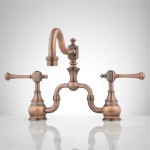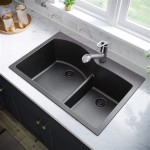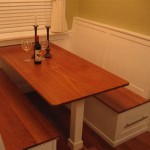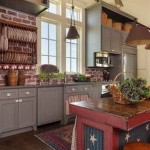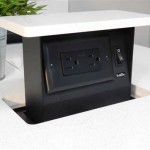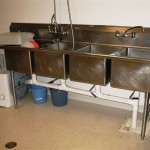Essential Aspects of Commercial Kitchen Floor Plans Examples
When designing a commercial kitchen, the floor plan is one of the most important aspects to consider. A well-designed floor plan will help to ensure that the kitchen is efficient, safe, and easy to clean. There are a number of essential aspects to consider when creating a commercial kitchen floor plan, including:
1. Workflow
The workflow of the kitchen should be carefully considered when designing the floor plan. The layout should allow for a smooth and efficient flow of food and staff. The following are some important factors to consider when planning the workflow:
- The location of the receiving area
- The location of the storage areas
- The location of the preparation areas
- The location of the cooking areas
- The location of the serving areas
2. Safety
Safety should be a top priority when designing a commercial kitchen floor plan. The layout should be designed to minimize the risk of accidents. The following are some important safety considerations to keep in mind:
- Adequate lighting
- Non-slip flooring
- Clear walkways
- Properly placed equipment
3. Cleanability
A commercial kitchen must be easy to clean. The floor plan should be designed to minimize the accumulation of dirt and debris. The following are some important factors to consider when designing for cleanability:
- Smooth, non-porous surfaces
- Coved baseboards
- Proper drainage
- Adequate cleaning equipment
4. Equipment
The type and size of equipment that will be used in the kitchen must be taken into account when designing the floor plan. The layout should allow for adequate space for the equipment and for easy access to it. The following are some important factors to consider when planning for equipment:
- The size of the equipment
- The location of the equipment
- The access to the equipment
- The ventilation for the equipment
5. Storage
Adequate storage space is essential for a commercial kitchen. The floor plan should include a variety of storage areas, including dry storage, refrigerated storage, and frozen storage. The storage areas should be located in close proximity to the areas where the food will be used.
6. Staff
The needs of the staff should be considered when designing the floor plan. The layout should provide adequate space for the staff to work and move around. The following are some important factors to consider when planning for staff:
- The number of staff
- The type of work that the staff will be doing
- The need for break areas and locker rooms
7. Flexibility
A commercial kitchen should be designed to be flexible. The layout should be able to accommodate changes in the menu, the equipment, or the staff. The following are some tips for designing a flexible floor plan:
- Use modular equipment
- Provide adequate space for storage
- Create a flexible workflow

Restaurant Floor Plans 8 Ideas To Inspire Your Next Location Sling

Kitchen Plan Example Restaurant Commercial Design Floor

Restaurant Floor Plans 8 Ideas To Inspire Your Next Location Sling

Restaurant Floor Plan Designing One That Draws Diners In

Restaurant Floor Plan Designing One That Draws Diners In

Commercial Kitchen Design Restaurant 360

Restaurant Floor Plan How To Create A Flooring Kitchen Plans

Sample Commercial Kitchen Design Mutfak Iç Dekorasyonu Endüstriyel Tasarım

6 Commercial Kitchen Layout Examples Ideas For Restaurants

Free Editable Restaurant Floor Plans Edrawmax
Related Posts

